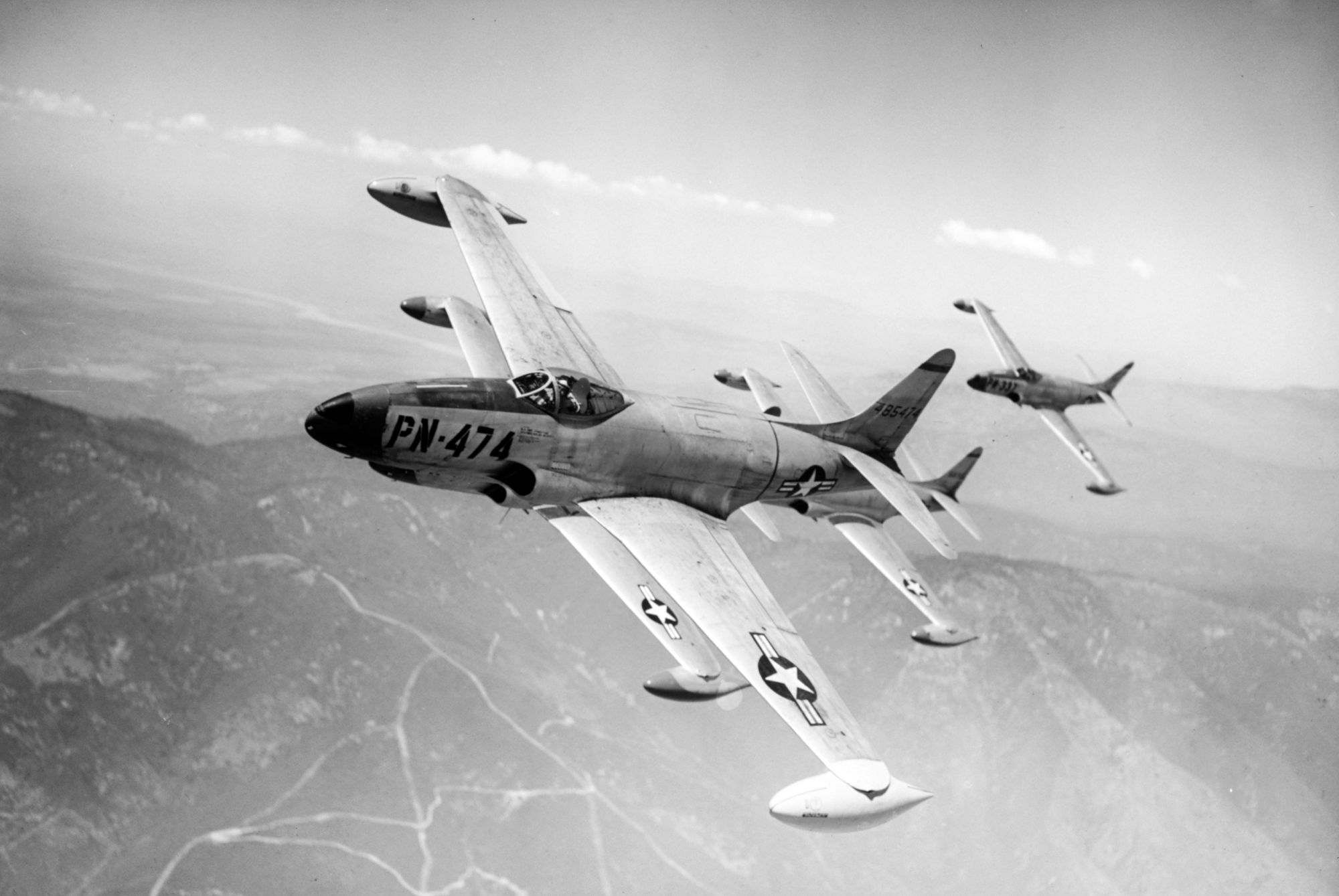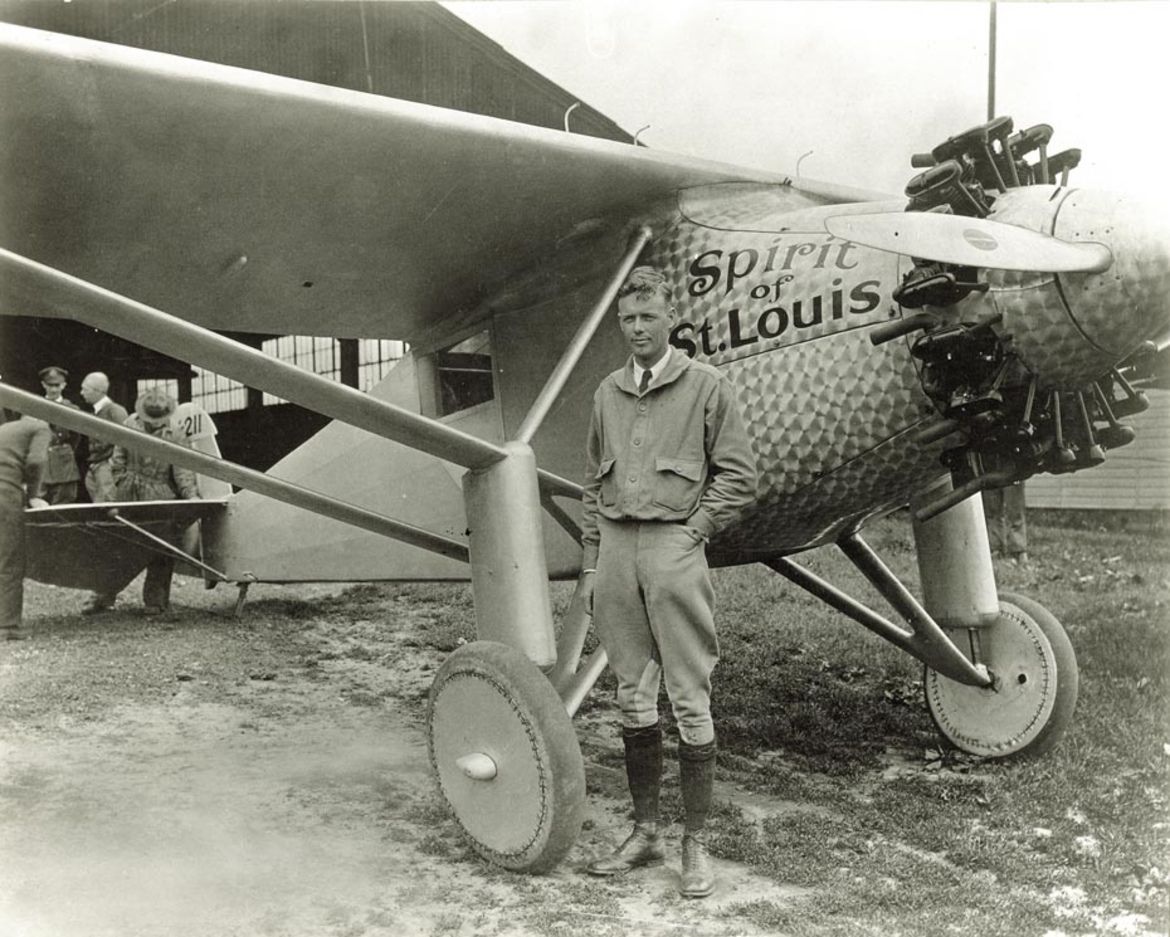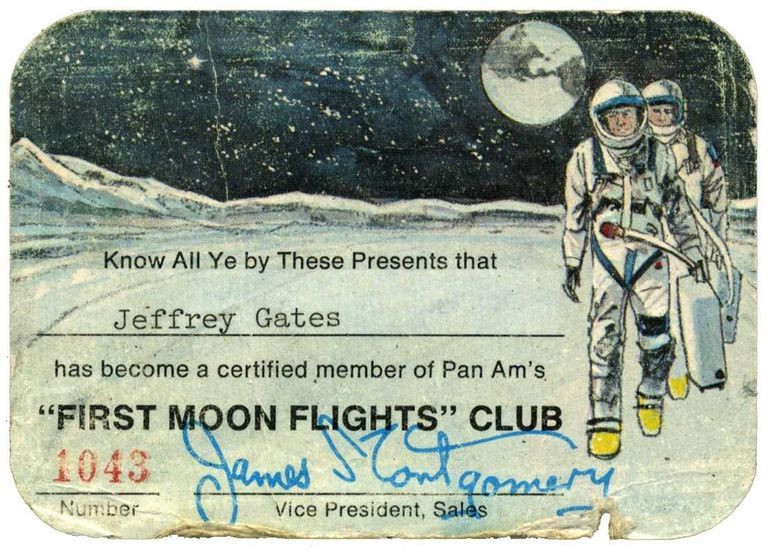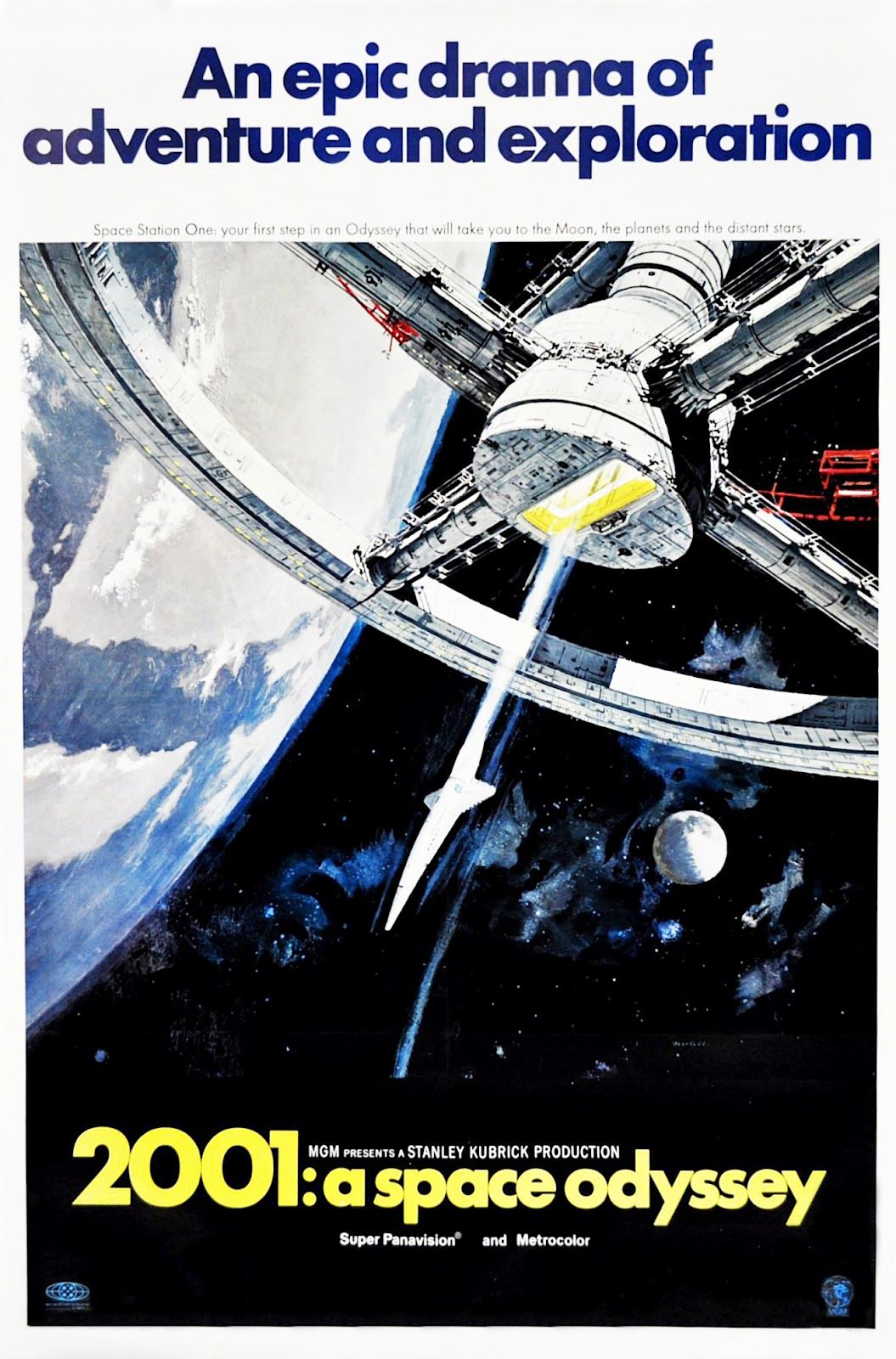To Infinity & Beyond: an Investigation into Space Innovation

The motivation for this project is to accelerate progress towards a space-faring civilization. I use a broad definition here to encompass progress in the technological, cultural, political, and moral spheres. This is a lofty goal, to be sure, but it is an important one to tackle. I am interested in this project because I believe technology—its development and its access—is the most important driver of growth in the industrialized world. I focus on space in particular, as I am inspired by the Apollo era techno-optimism of the 60s and early 70s, and the NewSpace renaissance of the current era.
Space was at one time synonymous with the future. Those merely a few generations before us grew up in a time of rapid progress—they witnessed the Wright brother’s first flights at Kitty Hawk and their triumphant reversal from lunatics to geniuses; and they witnessed Neil Armstrong’s first steps on the Moon—all in a span of 66 years.
Extraordinary engineering feats were accomplished with astounding speed. The P-80 Shooting Star, the first jet fighter used by the U.S. Air Force, was designed, built, and delivered by Lockheed in 1943 in just 143 days. In 1927, the Spirit of Saint Louis, the aircraft flown by Charles Lindbergh on the first non stop solo transatlantic flight, was designed and built in just 60 days. On August 9, 1968, NASA decided that Apollo 8 would go to the Moon if they are to attain the “in this decade” goal. Apollo 8 launched just 134 days later. These audacious feats were all accomplished on unimaginable timescales, especially by the standards of today.


This sense of rapid progress seeped into the cultural zeitgeist. Stanley Kubrik’s 1968 classic, “2001: A Space Odyssey,” made the future easy to imagine. Not wanting to miss out, Pan Am, the now defunct airline, also fed into the techno-optimism with the promise of flights to the Moon. This was almost certainly a marketing tack, but a rather successful one at that. In the months after Apollo 11's successful mission, reservation requests to Pan Am’s “First Moon Flights” Club reached 100,000. Given the rapid progress witnessed by this generation, the line between science-fiction and what was possible was less clear cut. To them, it was only a matter of time.


Then came the stagnation. We have not returned to the Moon since 1972. Transportation speeds have declined for the first time since the industrial revolution (after the retirement of the Concorde fleet in 2003). Since the Shuttle Atlantis retired in 2011, the U.S. has had to rely on the decades old Russian Soyuz to get astronauts to the Space Station. This shift in dynamism begs the question: what changed? The obvious answer points to the political conditions of the Cold War. Beyond the political, did institutional or market conditions have an impact on innovation? Or were the lowest hanging fruits in the aero/astro orchids picked bare?
The turn of the millennium signaled a renaissance of sorts: the NewSpace era. NewSpace brought a shift from an over reliance on government contracts towards an independent private sector. SpaceX’s pioneering developments in reusable launch technology has dramatically lowered launch costs and increased access to space. Since 2000, private investors have poured over $20 billion into the private space industry. SpaceX, Amazon, OneWeb, and others are developing constellations of satellites in the thousands that promises to deliver high speed internet access worldwide. Boom Supersonic is building Mach 2.2 passenger planes. And whatever your political affiliation or confidence in the Trump administration, its directive to NASA to return astronauts to the Moon in 2024, at the very least, puts us back on track towards greater progress and innovation.
What were the conditions that catalyzed rapid progress in the first half of the 20th century? Is aero/astro still in a period of stagnation? What’s behind the massive capital injection into NewSpace in the last decade? What are our most important problems still on the horizon?
My goal with this project is to answer these questions and more. This is not a normal research project, nor is it a nostalgic homage to the “golden” years of space. Rather, I aim to learn about the important breakthroughs and milestones that got us here; to extract lessons from the scientists, engineers, leaders, and organizations that made it happen; and with that foundation, to discover what our most important problems are.
I aim to post regularly with each post focusing on a single topic, in one of two general categories: 1) the history of aerospace, or 2) the future of aerospace. The posts aren’t going to be polished, but more akin to sharing my notes in public—an experiment in learning in public, if you will. With that, I invite you to join me on my journey and follow my thinking as it evolves. But don’t say I didn’t warn you.